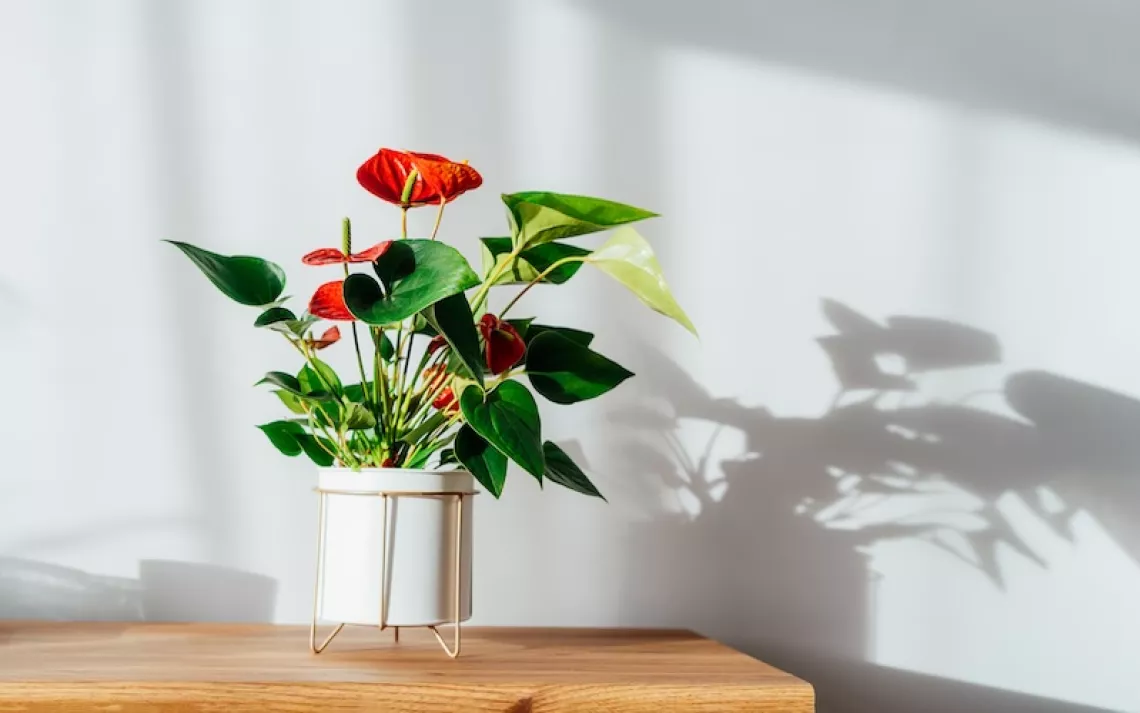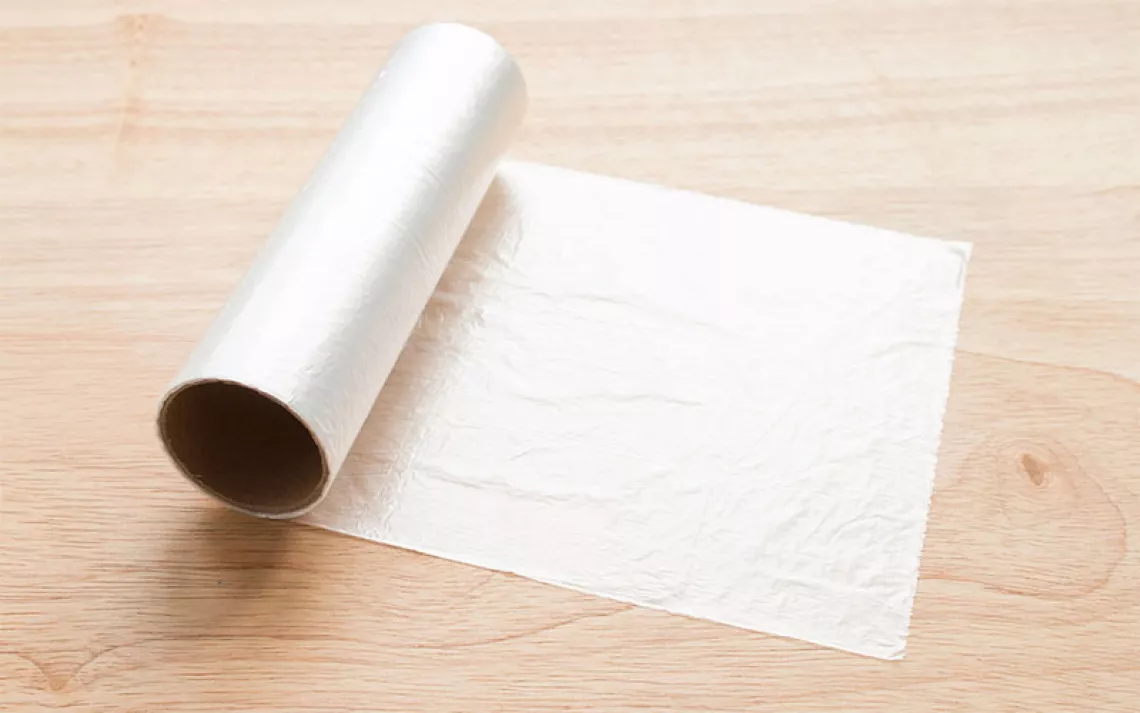The Safest, Most Sustainable Seafood to Eat
Here's what's most responsible to put on the table—for now
As fish stocks continue to shift and decline in response to warming ocean waters, what types of seafood can one responsibly put on the table? To find answers, Sierra turned to Ryan Bigelow, senior program manager of the Monterey Bay Aquarium's Seafood Watch program, and Peter Juusola and Vinny Milburn, who co-run New York City's Greenpoint Fish & Lobster Co., a market committed to transparent sourcing. Here's what's safe to eat . . . for the time being.

If you like intense, briny flavors, consider humble bivalves. Clams, mussels, and oysters are easy to steam open with wine and herbs, and Milburn notes that they maintain their characteristic sea flavors. Even better, bivalves are low on the food web, so they don't accumulate as many toxins as bigger fish do.

Many eco-savvy gourmands opt for smaller fish from lower on the food web⎯although sustainability mainly depends on how and where a species is harvested. Juusola recommends slender Boston mackerel on the East Coast. "They really taste of the sea," he says. On the West Coast, Seafood Watch heralds sweet-tasting sand dabs, which can be panfried whole in butter.

Juusola recommends mixing up your white fish repertoire with wild-caught, mild-tasting hake or pollack. He also likes to rub haddock, which he says holds powerful flavors well, with pungent spice mixes before smoking or grilling it.

Halibut can be sustainably sourced from carefully managed northern Pacific fisheries. The popular flatfish can also be farmed in enclosed marine pens and land-based recirculating aquaculture systems, which help protect wild stocks from overfishing. Halibut's firm, white meat is flaky and sweet, and the fish makes a good substitute for depleted cod, which Milburn advises avoiding unless a trusted monger guarantees it comes from well-regulated waters.

Where to get your crab fix? For the West Coast, Milburn recommends king crab pulled from highly regulated Alaskan fisheries. On the East Coast, Juusola likes invasive, baby-clam-and-mussel-eating green crabs. Because the crabs provide very little meat, he simmers them into an intensely flavored soup stock⎯they're so delicious, you might find yourself gnawing on the shells.

If putting a dent in invasive species sounds like a worthy mealtime adventure, you've got plenty of nemeses to pick from besides green crabs: Lionfish, blue catfish, and snakehead fish are good pan seared, in tacos, and battered fish-and-chips-style, respectively.
This article appeared in the March/April 2019 edition with the headline "Sea No Evil."
 The Magazine of The Sierra Club
The Magazine of The Sierra Club



